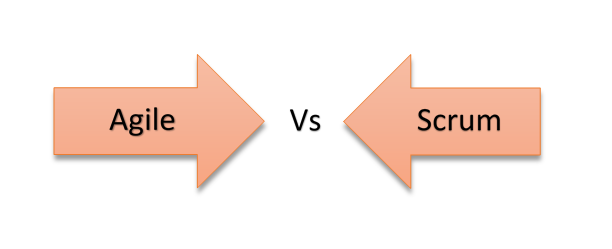Agile Vs Scrum
What is Agile?
Agile is a set of values and principles that promote flexible, customer-focused, and iterative software development.
Agile was introduced through the Agile Manifesto in 2001 with 4 key values and 12 principles.
It allows teams to deliver small pieces of software frequently and respond to change quickly.
Example: If you are building a travel booking platform, Agile suggests that instead of waiting 6 months for full release, you should deliver small, usable features like flight search, booking, and cancellation in quick, repeated cycles.
What is Scrum?
Scrum is one of the most popular Agile frameworks.
It gives a structured way to apply Agile, with specific roles, ceremonies (meetings), and artifacts (tools).
Scrum divides the work into Sprints (usually 2 to 4 weeks long), with regular planning, reviews, and retrospectives.
Example: In the same travel app, Scrum helps organize the work by creating a Product Backlog, assigning tasks for Sprint 1 (like flight search), and delivering it by the end of the sprint.

